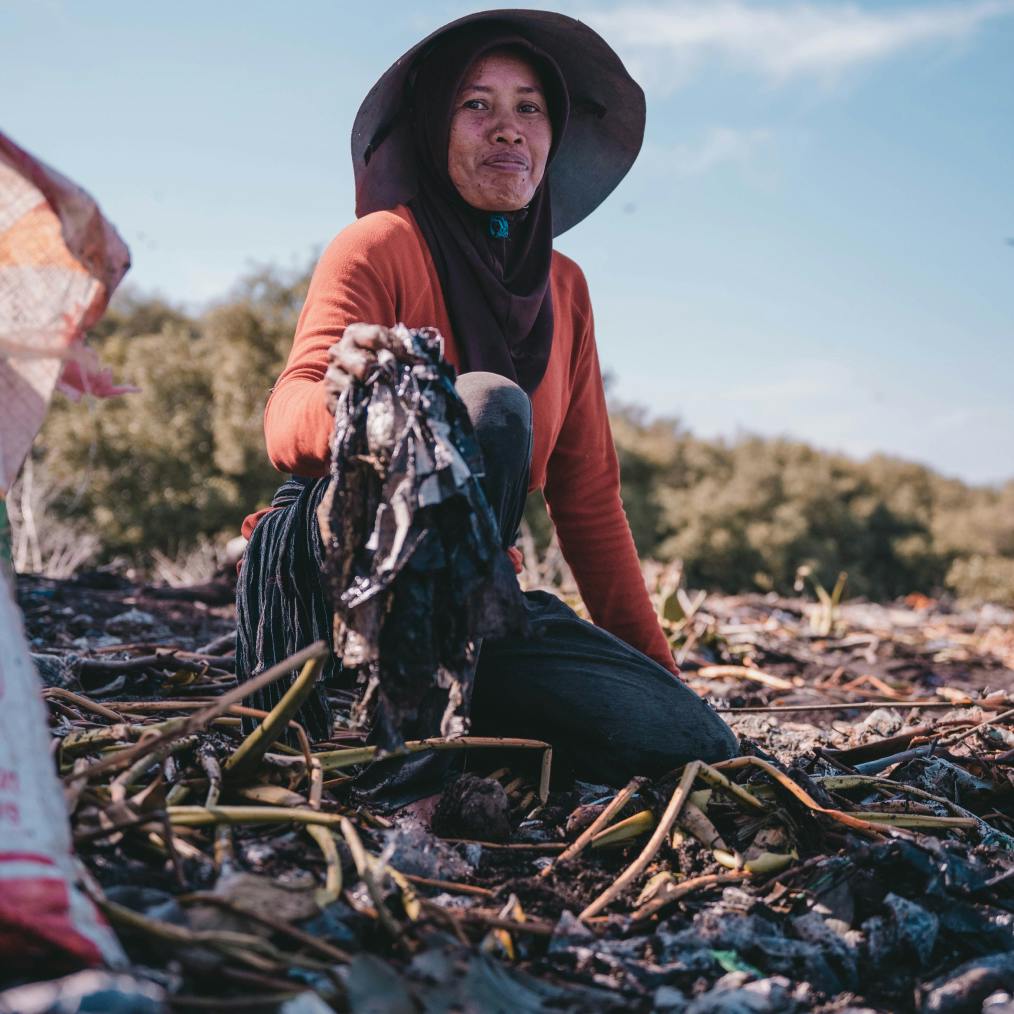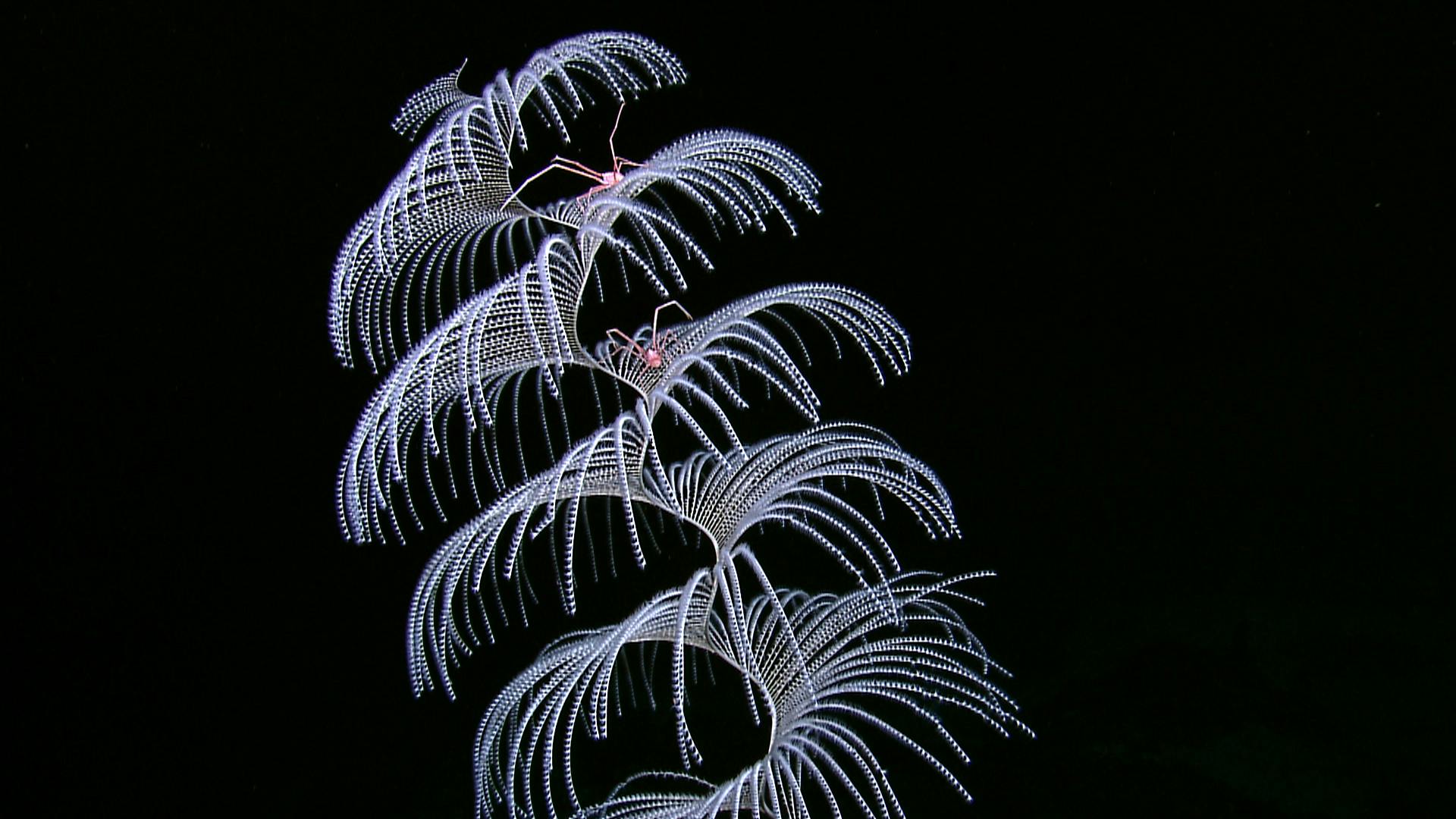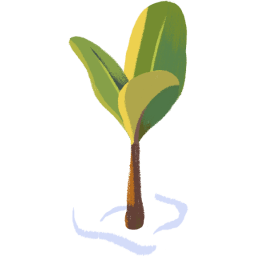The last people connected to Earth’s operating system are those who still remember the heartbeat of their Indigenous ancestry.
Their stories’ cadence is impactful because it builds meaningful connections; it makes us curious, commits us to a cause, and inspires us to be the best versions of ourselves.
This is a story about cultural revival. It is also the story of a man who, with almost indecipherable humility, has charted a new course for Hawaiians, and perhaps for all of humanity. The narrative arc of Nainoa Thompson’s story shimmers with the ideals of Mālama Honua, a beautiful Hawaiian term that means “to care for our Island Earth.” His mission is a simple one, to impress by example, that idea into all of us.
In the early morning light, Paul Nicklen and I haul bulky camera cases unto the Hōkūleʻa, the “Star of Gladness,” a replica of the ancient double-hulled Polynesian voyaging canoes. Paul, my partner and fellow National Geographic photographer, and I are here to tell the story of the revival of Hawaiian culture through its Indigenous peoples connection to their ancestry and the sea. We don’t know it yet, but as we join Nainoa on a short training expedition, we are about to find a much bigger story.
Moored to a dock in Honolulu, on the island of Oʻahu, the Hōkūleʻa is nothing like I imagined. The beautiful wooden vessel is larger than I expected, but once you consider how far and wide it has sailed across the sea, the traditional canoe seems quite diminutive. Onboard and surrounded by 20 or so student leaders, Nainoa recites the cardinal directions, not so much as a lesson, but whispered, like secrets:
“East is Hikina, which means ‘arriving’ or ‘coming,’ where the sun and stars ‘arrive’ at the horizon; West is called Komohana or ‘entering,’ where the sun and stars ‘enter’ into the horizon; North is called Akau and South is Hema.”
The moment we leave the dock the students begin their long journey towards mastering the art of wayfaring, the modern methods and techniques of non-instrument navigation, based on Pacific traditions.
In a soft voice, typical of Nainoa’s humble demeanour, he tells this story:
“Bounded in the north by Hawai‘i, in the southwest by New Zealand, and in the east by Rapa Nui, this was Polynesia: home to our ancestors who were the astronauts of their time and the greatest explorers on the face of the Earth.”
“Guided by the invisible maps in the minds and hearts of those navigators, their canoe would travel on the longest open ocean voyage that humankind has ever known. It would touch the shorelines of the most isolated archipelago on the planet, what today is called Hawai‘i, and then it would go back to Tahiti. It was much more than a vehicle of exploration; it was the spaceship that our ancestors sailed to weave a network of relationships and traditions across the ocean. If we don’t learn about those traditions, then we will not know who our ancestors were, and therefore we cannot know who we are.”
“Over the next few days, you will begin to learn to steer by the sun, wind, and weather, and how to use celestial signposts in the night sky to navigate. The first lesson is how to locate the brightest point in the northern hemisphere, the orange-red star named Hōkūleʻa. It is the beacon that marks the northern destination in the long ocean voyages that our ancestors, the Polynesian navigators, have made for millennia, from the Marquesas and Tahiti to Hawai‘i and back. The haole — or western name — for this star is Arcturus, but Hawaiians still call it Hōkūleʻa — it is our zenith star.”
As I listen to Nainoa’s words, I understand his effort to anchor his teachings to his people’s history. It is difficult for the sun-kissed tourists of Waikiki or Maui to recognize the trauma Hawaiians have endured. However, it doesn’t take a lot of digging to uncover the open wounds still fresh in the hearts and minds of Hawaiians. In the 130 years since a group of settlers, subjects of the Hawaiian Kingdom, and agents and citizens of the US overthrew Queen Liliʻuokalani in a coup and stole power over the Hawaiian Kingdom, the fate of its Indigenous people has changed dramatically.
Once a mighty nation a million strong, today less than 20 percent of the current population of Hawaii is of native descent. Most live in marginalized communities. During this period, the familiar horrors of colonization played out here: massive depopulation through conflict and introduction of new diseases, landlessness, Christianization, economic and political marginalization, institutionalization, poor health and education profiles, and an increasing diaspora. Like many Hawaiians, Nainoa Thompson was born into this sad reality. He didn’t grow up in poverty but he was made aware of the struggles of Hawaiians by his father, Pinky Thompson, who was a community leader and social worker focused on bettering the lives and rights of Hawaiian people and children. The year was 1953.
“A hundred years ago we were feeling the impacts of this other voyage, a voyage other people took to come to our islands. They brought diseases of the body and the soul. Things got so bad that by the middle of the last century, there were a million mixed-blood Hawaiians, but barely any full-blooded Hawaiians left.”
“My parents were mixed-blood Hawaiians and my grandmother spoke Hawaiian beautifully. She danced the hula beautifully, but she was beaten in school because she was supposed to be learning the American ways. As a result, neither my father nor his siblings could speak the language. They didn’t learn the culture, and when they went to bed at night, no one breathed their genealogy in their ear. They never learned who they were and thus didn’t understand where they came from […]”
And then came Hōkūleʻa. The idea of building the traditional voyaging canoe was not Nainoa’s, but the people who contributed to making it a reality knew that cultural extinction was dangerously close. It was Hawaiian artist Herbert “Herb” Kawainui Kāne—a principal figure in the renaissance of Hawaiian culture and a celebrated artist-historian—who first dreamed of rebuilding a double-hulled sailing canoe similar to the ones his ancestors sailed. He hoped to ignite a small tinder of hope in the hearts of Hawaiians. What he did not know is that she, the canoe, would become a beacon of hope. Hōkūleʻa would provide the spark required to begin the slow and painful journey to reassert the Hawaiian identity.
When the canoe neared completion, the crucial question remained: who would navigate it? Like so many Polynesian traditions, no one in Hawaii remembered the art of wayfaring. Along with language, rituals, and cultural identity, the knowledge of navigation by the stars had also been almost entirely forgotten. Finding a navigator seemed hopeless, but as Nainoa often likes to remind us, Hōkūleʻa was, and continues to be, a miracle that brings people together. Almost by accident, like a lost bird in the wind, someone remembered a man from Micronesia who was visiting the University of Hawaiʻi. He had come to teach researchers how to catch tuna with traditional Polynesian lures. His name was Pius “Mau” Piailug, the youngest of only six master navigators left in Micronesia. He didn’t know it then, but he would become a key character in Nainoa’s life and in the history of Hawaii.
Nearly 45 years later, as we sailed along the vibrant green-and-blue coast of Honolulu, Nainoa told me about Mau:
“He understood what was being asked when they explained he would navigate a canoe that had not been yet constructed and that when finished, would be six times larger than any he had ever sailed. Mau was not only a great navigator; he was a man of courage, and perhaps less obvious, a man of genius. He understood that the quest to save the Hawaiian people demanded that he sail that canoe to Tahiti because nobody else could. He was being asked to sail a voyage that was many times farther than any he had ever made, with a crew that had not yet been selected and who had never sailed a traditional canoe. In that voyage, he would sail across the equator, see southern stars he had never seen before, and he would lose sight of his star compass, the North Star, the Hōkūleʻa, and yet, he said yes.”
As Nainoa tells this incredible story, students learn how to hoist the red sails of Hōkūleʻa behind him, setting wind to sail in a long legacy that Mau carried across the equator. A story they, too, have become characters in.
A young Nainoa Thompson was not part of the crew of the 1976 maiden voyage of Hōkūleʻa to Tahiti. Instead, he got to bring her home. Sailing home to Hawaii on a traditional canoe, like his ancestors had done 600 years back, changed Nainoa forever. That voyage crystallized how cultural health must be a prerequisite for all health, mental, physical, and spiritual, but his story was yet to be written. Years later, under Mau’s mentorship he would become the first modern Hawaiian navigator: a figure of hope, and as we are witnessing on this day, a teacher to a new generation of wayfarers.
Like his ancestors did before him, I watch him gaze at the faded stars above, and as he extends his hand in front of his face in the dying daylight to calculate our bearings using his celestial compass, we talk about hope, lost and found.
“Hōkūleʻa was meant to sail only once. Her entire reason for being was to demonstrate that Hawaiians had arrived at our islands from Tahiti in sailing canoes. Once that first journey was completed, and Mau had left Hawai‘i and gone back to his home island of Satawal in Micronesia, there was no one left to sail the canoe. But even though there was no vision for a second expedition, something in that first voyage had forever changed me. It was the first time in my life I felt whole; I felt the pull of the ocean, and a new love for the memory of my culture was ignited. Others felt the same way, and so a second voyage was planned.”
“It was put together in haste, and the crew lacked the proper training. We left from Honolulu on the canoe one sunset in the spring of 1978 and immediately encountered bad weather. Within hours, we had capsized, and we found ourselves barely clinging to the overturned hull in a furious sea. Being a traditional canoe, we had no radio and no way of telling anyone we were in trouble.”
“We were starting to lose hope, but then something remarkable happened. One of our crew members, the legendary Hawaiian big wave surfer, Eddie Aikau, a superb waterman who we all admired and who, to this day, holds the record for surfing the largest wave without the assistance of a jet ski, volunteered to paddle back for help. He intended to paddle out to save us in a violent sea with no visibility and nothing but his board shorts. I knew his mission was hopeless, but in those days, I was just part of the crew and I couldn’t do anything to stop him. I and the rest of the crew clung desperately to the overturned canoe through the night and were thankfully rescued the next day. Eddie Aikau, tragically, was never seen again.”
That was a dark time for everyone. Hōkūleʻa was the flame that sparked the Hawaiian Renaissance. It was the light of hope, the flashlight in the darkness of despair, so if her legacy was to be defined by this tragedy, then what good had it been after all?
Perhaps the most amazing thing about hope is that it comes from the most unexpected places. During this dark era, Hawaiians needed someone to look up to, someone to be the light and the source of strength and inspiration when everything felt lost. That light was Eddie Aikau: the hero that had stood up for justice, who had taken the ultimate risk for what he believed in and who had given up his life to save his mates. “Eddie Would Go” became a fighting cry, a bumper sticker still found at surf breaks worldwide, and a fierce symbol of the Hawaiian Renaissance. His sacrifice inspired others to navigate by their core values, even if they had to paddle out by themselves. Even if they had to lose their lives. It was the determination of a people to stay the course.
Navigating through the healing process has many parallels with wayfaring. If you ever attend one of his lectures, you might hear Nainoa explain, “Out there, in the middle of the ocean, you cannot look up at the stars and know where you are. You can only know where you are by memorizing where you sailed from. There is no speedometer, no compass, and no clock on board, so you must constantly remember your speed, direction, and the time. Navigation is a constant calculation for which there is no instruction manual.” I look up and marvel at a bright blue-white star; it is the second most brilliant in the sky.
It has been four decades since Hōkūleʻa’s first sailing and, like footprints on the water, Hawaiians have been listening to the teachings of their ancestors, and inspired by teachers like Nainoa, they have been fighting to regain their bearings. They have carved a tremendous expansion of political and cultural influence. Finding power through mass demonstrations, legal actions, and cultural assertions, including the peaceful occupation of sacred areas, their fight for cultural reassertion continues to this day.
Perhaps my favourite memory of my short time with Nainoa on the Hōkūleʻa was his recollection of a conversation he had with Mau when they came back from Nainoa’s first voyage as a student navigator. On the night before Mau flew home, he said to Nainoa, “I am very proud of my student. You have done well for yourself and your people. Everything you need to know is in the ocean, but it will take you 20 more years to learn it.”
Nainoa Thompson had just sailed 4,100 kilometres (2,250 nautical miles) from Tahiti to Hawaii. To this day, Nainoa and the “Star of Gladness” have sailed many thousands of nautical miles and circumnavigated the globe once, spreading a message of hope and Indigenous revival. Like all proper heroes, however, he knows that his journey is just beginning. His story started with the ocean as he is of the Pacific, but the lessons he has inspired must reach out to all of humanity.
Late that night, as Paul and I disembark from our short voyage on the Hōkūleʻa, tired and sunburned, Nainoa walks us down the pier and thanks us. In his usual quiet and gentle way, he reminds us that our stories are more than knowing who you are or where you come from. They inform us about what we believe in, and more than anything they teach us about love and compassion and care for the things that mean the most. Mālama Honua is not just for Hawaiians; it is an invitation to all of us to care for our Island Earth and to remind all peoples that, other than Earth, there is no other place that we can call home.



















































